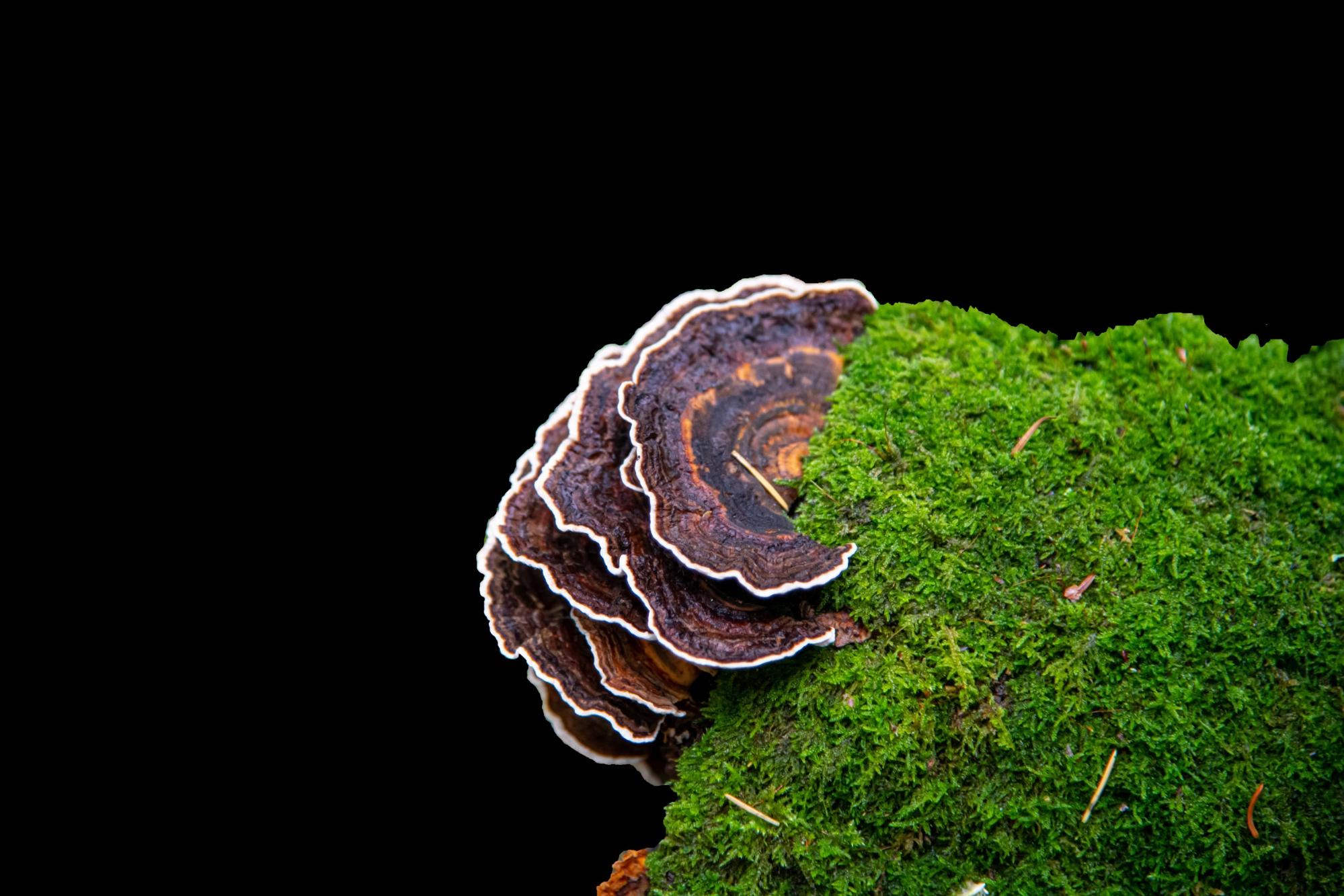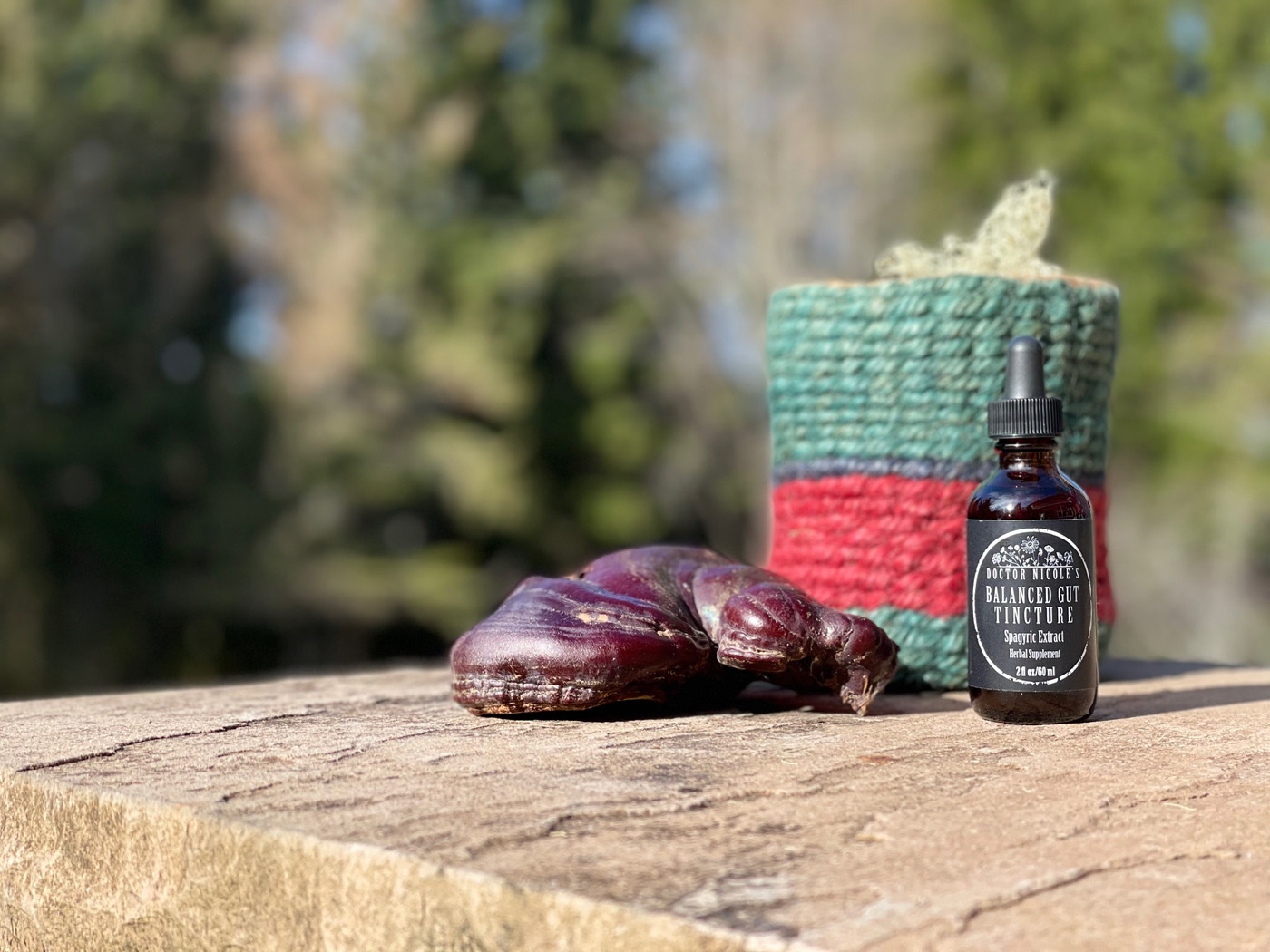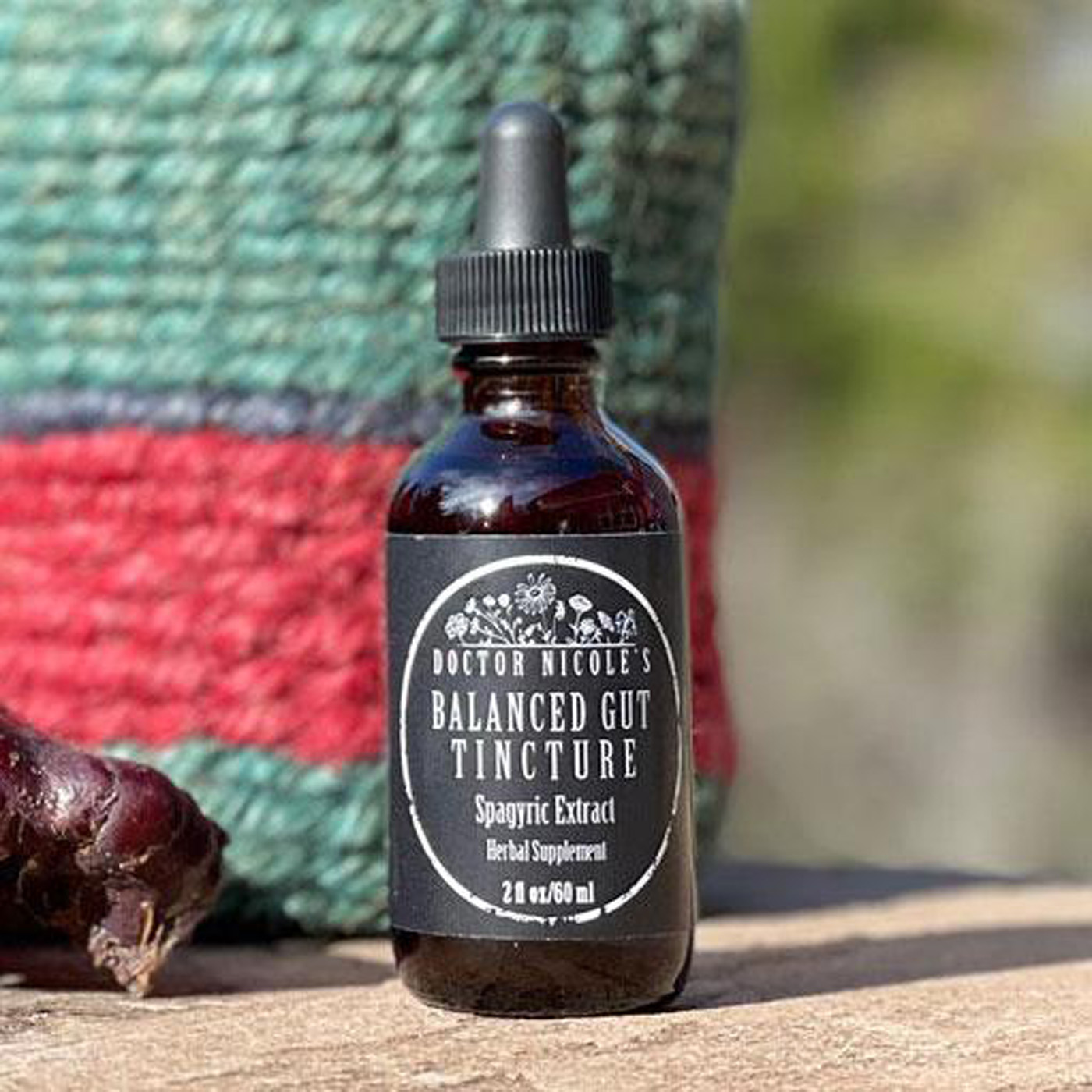Small Habits, Big Rewards
We may not necessarily think about our daily, non-exercise movement as particularly helpful for weight loss, but researchers are finding even the smallest shifts in our habits can add up to significant caloric burn — all without hitting the gym. Sounds too good to be true? Keep reading as we explore the wonderful world of non-exercise activity thermogenesis — otherwise known as NEAT.
(Almost) Effortless Caloric Burn
While most of us know that a sedentary lifestyle is bad news for your overall health and increases your risk of obesity, cardiovascular disease, diabetes, mental health challenges, and more, we may not consider the impact small movements throughout the day can have on boosting your metabolism and keeping you slim.
However, researchers have solidly established that even the smallest activity, say making a bed or vacuuming, can reap big rewards for your waistline and health. It all comes down to tiny movements that burn calories, which add up over the course of your day.
In an age of sitting at desks for many hours during the workweek; the convenience of drive-thrus and online banking; and modern advancements that limit the effort required for movement (automobiles and elevators come to mind), we can forget the significant impact simple activities have on metabolism. Take for example standing while working instead of sitting.
Research has found that by using a standing desk, you can increase the calories you burn by an impressive 16%.1 To put this into perspective, another small study found that one afternoon spent standing caused the participants to burn an extra 174 calories compared to sitting.2 Want to increase the benefits further? Use a balance board at your standing desk. It mirrors the same benefits as fidgeting, which can increase your calorie expenditure by an incredible 54%!3
Even something as seemingly non-consequential as typing or chewing calorie-free gum can raise your metabolic rate by 8% and 5%, respectively.4,5

A few additional ideas for how to increase NEAT include:
- Parking your car in the furthest spot away from the grocery store, mall, or work
- Walking or bicycling to run errands instead of driving
- Utilizing public transportation
- Taking the stairs instead of an escalator or elevator
- Household chores (think: vacuuming, cleaning, and doing the laundry)
- Gardening
- Sweeping and/or raking instead of using leaf blowers
- Avoiding drive-thrus for the pharmacy, restaurants, and banks
- Using a non-powered push mower for your lawn
- Shoveling snow instead of relying on a blower
The idea is to weave as much movement into your day as possible. Instead of opting for convenience, choose motion!
Supportive Habits for Weight Loss
Of course, maintaining a healthy weight doesn’t happen in a vacuum. If we are eating a diet filled with processed food and loads of sugar, high levels of movement typically won’t offset bad habits.
Instead we can choose to eat whole-foods, drink plenty of water, reduce stress, and establish a healthy sleep routine — all of which have been shown to support a robust metabolism.6,7,8 Gut health can also make (or break) your fat loss efforts.
A review published in the journal Nature found that the state of the gut microbiota directly impacts weight management and is largely influenced by the composition of your microbiome.9
Along with gut bacteria dysbiosis, research published in the Journal of Obesity also established that not producing enough of the gut hormones Cholecystokinin, peptide YY, pancreatic polypeptide, glucagon-like peptide-1, and oxyntomodulin, which suppress appetite — and producing too much ghrelin that stimulates hunger — is associated with weight gain.11
Interestingly, the team found that consuming prebiotic drinks increased gut microbiota fermentation and decreased appetite, indicating the drinks positively influenced the plasma levels of anti-obesity gut hormones in the participants — including peptide YY and glucagon-like peptide-1.
This is where my Balanced Gut Blend can help.
Balancing the Microbiome
Not only does our potent gut formulation help to heal the physical structure of the digestive tract — including leaky gut and inflamed tissues, but it is also a concentrated source of prebiotics from turkey tail mushroom. It encourages a healthy microbiome by controlling the overgrowth of candida, while also feeding the “good” bacteria in the gut. Turkey tail is also outstanding for calming inflammation, addressing bacterial and viral infections, and blood sugar control — all of which can support weight loss.
It is important to note that medicinal mushrooms require dual-extraction — like those found in my apothecary — to access the full spectrum of beneficial compounds. Utilizing the fruiting body (not the lower quality mycelium) is crucial as well for the highest level of beta-glucans and medicinal properties.
SEEMS TO BE DOING THE TRICK
“Exercise, diet, weight loss, etc. Doc put me on Metformin. Got pancreatitis. Switched to Januvia, stayed sick as a dog for 6 months. Finally stopped taking it for a medical procedure. Felt better than I had, but still had high glucose levels and abdominal pain. This [Turkey Tail] has been my go to the last 3 days and it’s been AMAZING. Still need to work out the perfect dose, but glucose is staying in good ranges. A1c didn’t budge with the meds. Confident that with this product I can knock it back to normal. … Powerful medicine.” – Stephen M.
Don’t wait to take control of your gut health and shed unwanted pounds. Learn more about why our tinctures are considered the gold standard of herbal medicines by visiting my apothecary today!
Nicole Apelian
Nicole’s Apothecary Products in this Post
References
- Mansoubi, M., Pearson, N., Clemes, S. A., Biddle, S. J., Bodicoat, D. H., Tolfrey, K., Edwardson, C. L., & Yates, T. (2015). Energy expenditure during common sitting and standing tasks: examining the 1.5 MET definition of sedentary behaviour. BMC public health, 15, 516. https://doi.org/10.1186/s12889-015-1851-x
- Buckley, J. P., Mellor, D. D., Morris, M., & Joseph, F. (2014). Standing-based office work shows encouraging signs of attenuating post-prandial glycaemic excursion. Occupational and environmental medicine, 71(2), 109–111. https://doi.org/10.1136/oemed-2013-101823\
- Levine, J. A., Schleusner, S. J., & Jensen, M. D. (2000). Energy expenditure of nonexercise activity. The American journal of clinical nutrition, 72(6), 1451–1454. https://doi.org/10.1093/ajcn/72.6.1451
- Mansoubi, M., Pearson, N., Clemes, S. A., Biddle, S. J., Bodicoat, D. H., Tolfrey, K., Edwardson, C. L., & Yates, T. (2015). Energy expenditure during common sitting and standing tasks: examining the 1.5 MET definition of sedentary behaviour. BMC public health, 15, 516. https://doi.org/10.1186/s12889-015-1851-x
- University of Rhode Island. (2009, November 1). Chewing Gum Can Reduce Calorie Intake, Increase Energy Expenditure, Nutritionist Finds. ScienceDaily. Retrieved August 7, 2024 from www.sciencedaily.com/releases/2009/10/091027132245.htm
- Vij, V. A., & Joshi, A. S. (2013). Effect of ‘water induced thermogenesis’ on body weight, body mass index and body composition of overweight subjects. Journal of clinical and diagnostic research : JCDR, 7(9), 1894–1896. https://doi.org/10.7860/JCDR/2013/5862.3344
- Schulte, E. M., Avena, N. M., & Gearhardt, A. N. (2015). Which foods may be addictive? The roles of processing, fat content, and glycemic load. PloS one, 10(2), e0117959. https://doi.org/10.1371/journal.pone.0117959
- Cappuccio, F. P., Taggart, F. M., Kandala, N. B., Currie, A., Peile, E., Stranges, S., & Miller, M. A. (2008). Meta-analysis of short sleep duration and obesity in children and adults. Sleep, 31(5), 619–626. https://doi.org/10.1093/sleep/31.5.619
- Ogawa, A., Kobayashi, T., Sakai, F., Kadooka, Y., & Kawasaki, Y. (2015). Lactobacillus gasseri SBT2055 suppresses fatty acid release through enlargement of fat emulsion size in vitro and promotes fecal fat excretion in healthy Japanese subjects. Lipids in health and disease, 14, 20. https://doi.org/10.1186/s12944-015-0019-0
- Carmody, R.N., Bisanz, J.E. Roles of the gut microbiome in weight management. Nat Rev Microbiol 21, 535–550 (2023). https://doi.org/10.1038/s41579-023-00888-0
- Suzuki, Keisuke, Jayasena, Channa N., Bloom, Stephen R., The Gut Hormones in Appetite Regulation, Journal of Obesity, 2011, 528401, 10 pages, 2011. https://doi.org/10.1155/2011/528401







